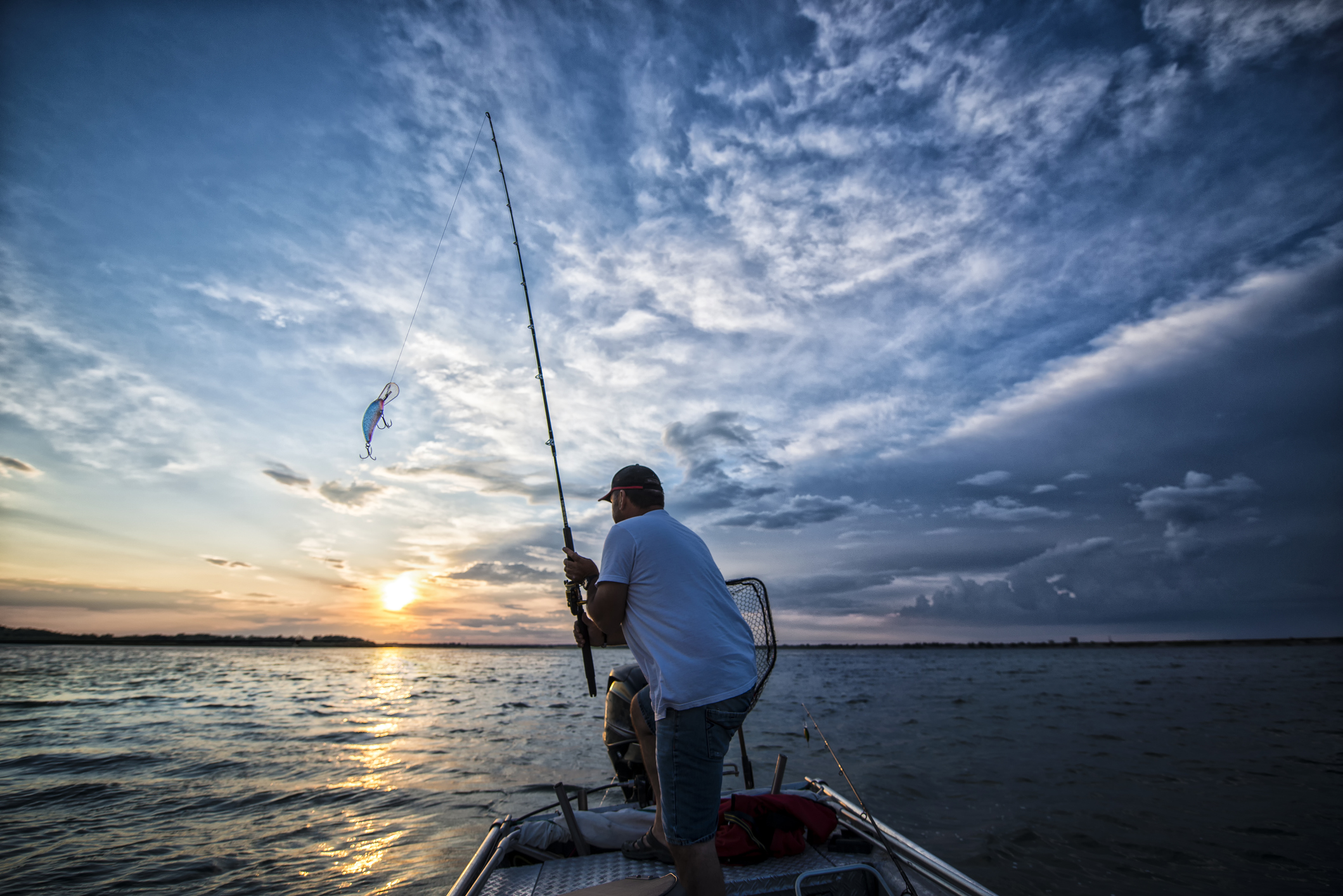Boat safety tips
Updated June 28, 2024 | Published June 26, 2023
-
Categories:
- Recreational Vehicles
- Safe Driving
- Summer

As the summer months’ approach, it’s time for some water fun with your boat or jet ski. There is a certain risk involved in operating watercraft; there are over five thousand watercraft accidents each year. Let’s look at some boat safety tips.
Boat safety tips:
Make sure everyone wears a life jacket.
Often in a boating accident, that is a heightened risk of drowning. Many victims of drowning don’t have life jackets on. Make sure that any guests that are on your boat are wearing life jackets. You should also wear a life jacket to set a good example.
Use the right kind of life jackets for the situation.
All boats must be equipped with one Type I, II, III, or V personal flotation device per person on the boat. Boats 16 feet or longer must have one Type IV throw able device as well. All personal flotation devices should be in good condition and have a coast guard approval number.
Never drive a boat under the influence.
Alcohol use is the leading contributor to fatal boating accidents. They cause approximately 15% of deaths in boating accidents each year. Stay sharp when you’re on the water by leaving alcohol on dry land.
Take a boating safety course.
If you complete a boat safety course, you could qualify for a reduced insurance rate, because you are seen as less of a risk.
Put down the cell phone.
Cell phones are distractions whether you’re operating a vehicle on land or in the sea. You should focus on what’s going on in front of you, because otherwise you may have to react quickly.
Operate the boat at a safe speed and follow all safety and navigational rules.
Make sure you drive the boat at a safe speed, so that you have plenty of time to react to something in front of you. It’s also important to be knowledgeable of the local rules and regulations, and follow them while you’re on the water.
Check the weather forecast and be prepared for it to change.
A calm day can quickly take a turn for the worst. Keep an eye on the forecast while you’re outside, and be prepared to dock at a moment’s notice.
Take action before a storm hits.
Boaters can get information on incoming storms from VHF marine radios, commercial radios, your phone’s forecast, and television. Make sure you’re doing your due diligence to protect yourself and your passengers from the dangers of the weather.
Use a carbon monoxide detector.
You can’t smell carbon monoxide, but all boat engines can emit it. It can make you sick in a few seconds and kill you in a few minutes, so make sure you have a carbon monoxide detector on hand. The symptoms of carbon monoxide are similar to alcohol intoxication.
Check in with your loved ones before you set sail.
The Coast Guard recommends that you check in with someone before you set sail. That way, they should know about what time you’ll be back; and they can alert the proper authorities if you’re not back within a certain window of time.
WebFirst Insurance, LLC offers recreational vehicle insurance to keep you safe while you have fun on vacation this summer. Consider choosing WebFirst Insurance for your insurance needs.
